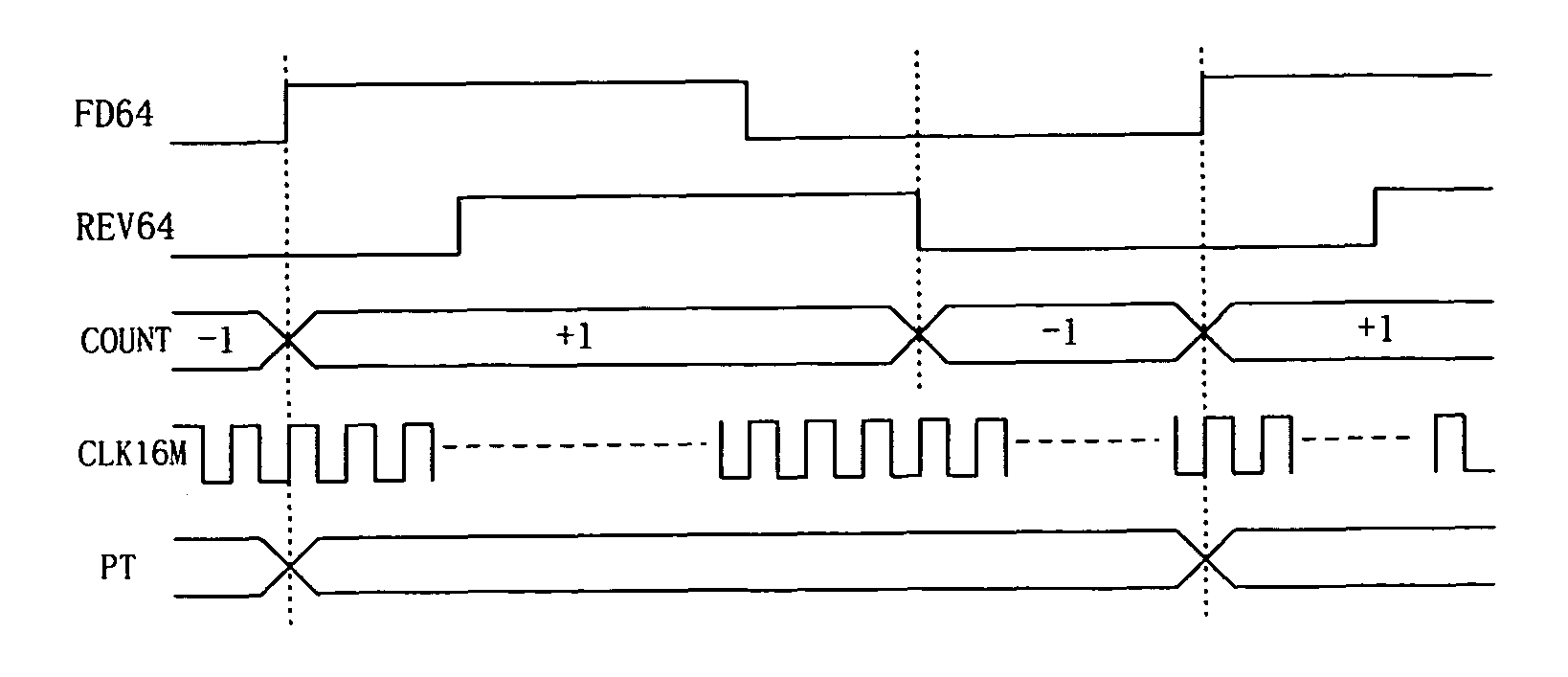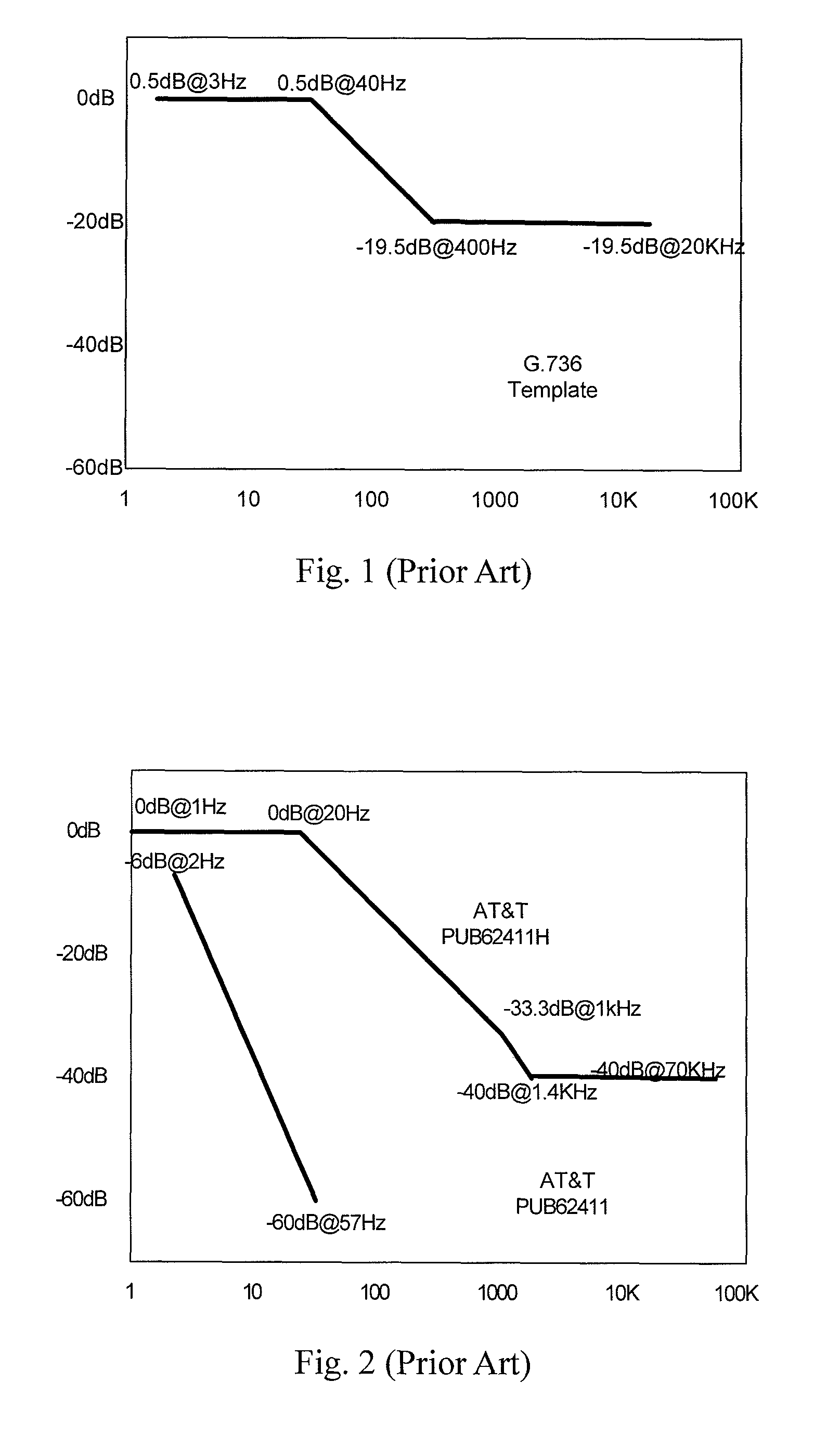Method and apparatus for de-jittering a clock signal
a clock signal and clock signal technology, applied in the field of signal transmission technique in electric technology, can solve the problems of more complexity, design of digitally controlled crystal oscillators, and difficult implementation, and achieve the effects of low cost, easy implementation, and easy implementation
- Summary
- Abstract
- Description
- Claims
- Application Information
AI Technical Summary
Benefits of technology
Problems solved by technology
Method used
Image
Examples
Embodiment Construction
[0071]To make technical scheme and advantages of the present invention more distinct and understandable, the present invention will be described hereinafter with reference to the accompanying drawings and two preferable embodiments.
[0072]The de-jittering method and apparatus for the clock signal in the embodiment adopts controllable dividers to constitute a digital phase-locked loop, and uses the basic principle of digital phase-locked loop to attenuate jitter of the clock signal, wherein the de-jittering procedure includes:
[0073]A. taking the clock signal to be de-jittered as a reference signal, and comparing it with a feedback clock signal outputted by a controllable divider;
[0074]B. generating a control signal according to the comparison result and outputting the control signal to the controllable divider;
[0075]C. the controllable divider dividing the input high-frequency signal to generate a stable clock signal according to this control signal, and outputting the stable clock si...
PUM
 Login to View More
Login to View More Abstract
Description
Claims
Application Information
 Login to View More
Login to View More - R&D
- Intellectual Property
- Life Sciences
- Materials
- Tech Scout
- Unparalleled Data Quality
- Higher Quality Content
- 60% Fewer Hallucinations
Browse by: Latest US Patents, China's latest patents, Technical Efficacy Thesaurus, Application Domain, Technology Topic, Popular Technical Reports.
© 2025 PatSnap. All rights reserved.Legal|Privacy policy|Modern Slavery Act Transparency Statement|Sitemap|About US| Contact US: help@patsnap.com



